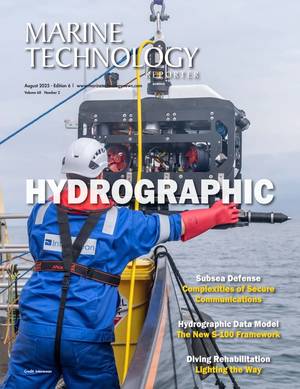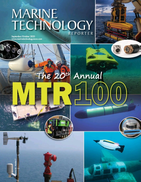
Coming in from the Cold: Canadian Arctic Security Takes Center Stage
More than 75% of Canada’s world-leading coastline (upwards of 150,000 miles or 240,000 kilometers) is Arctic, along with roughly 40% of the land. Geopolitical instability, mixed with strained relations with the United States, a rapidly warming climate and constant technological advancement have heightened northern security concerns, especially for a nation so intertwined with Arctic ecosystems and communities.Warm Weather, Frosty RelationsAlthough challenges to Arctic security are not singular to Canada, they are numerous and complex, requiring multifaceted solutions. “The Arctic has
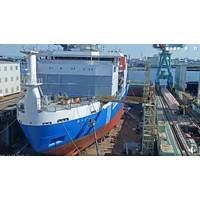
JAMSTEC Launches Japan’s First Arctic Research Vessel
The Japan Agency for Marine-Earth Science and Technology (JAMSTEC) has launched Japan’s first Arctic research vessel, named Mirai II.The construction of the Mirai II vessel began in 2021, at Japan Marine United Corporation’s shipyard.The vessel is 128 meters long, with the with of 23 meters, and draft spanning 8 meters.The vessel’s tonnage stands at 13,000 tons, and is said to be capable of continuously breaking 1.2m of flat one-year ice at a ship speed of 3.0kt.Mirai II will be capable of accommodating 97 people on board, including 34 crew members and 63 researchers.The ship is of
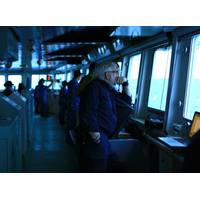
Ice Navigation: Every Voyage is Different
It’s late in the season so Captain Duke Snider, sailing on a resupply voyage from New Zealand to Antarctica, is expecting virtually no sea, just glacial ice.Snider has been an ice navigator for decades, and he has seen the ocean change, not just here in the polar south, but in Arctic waters as well.“Variability is much greater than in the past when we could expect an ice breakup to occur within a calendar week, year after year, whether it was the Arctic or the Antarctic,” he says. “Now, you have to look at each year individually and be more alert than ever before, particularly
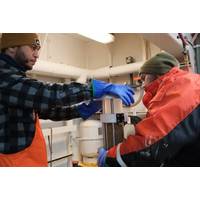
Rare East Antarctic Expedition for OSIL Multiple Corer
Ocean Scientific International Ltd (OSIL) reported that its Multiple Corer has recently been employed on the Antarctic Expedition NBP 23-03 which, unusually, had been focussed on biodiversity studies in the East Antarctic.The East Antarctic is a significantly under-studied region (no visits from US vessels in 22 years & very limited contact from other countries), so the results of these studies will be crucial to increasing our understanding of the area. The cruise, which ran from on board the RVIB Nathaniel B. Palmer, focussed on Antarctic Marine Nematodes with the aim of evaluating their biodivers
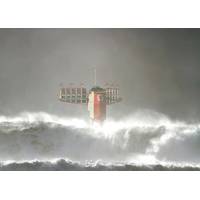
Polar POD Project Enters Shipyard Construction Phase in France
Ifremer, Jean-Louis Etienne and the entire Polar POD team announced its construction by the Piriou shipyards in association with 3C Metal, under the direction of the project owner, Ifremer. The scientific program of this international oceanographic "station" is being overseen by the French National Centre for Scientific Research (Centre national de la recherche scientifique, CNRS), in partnership with the French National Centre for Space Studies (Centre National d'Etudes Spatiales, CNES) and Ifremer.What is the Polar Pod?A cross between an oceanographic platform and a drifting lighthouse
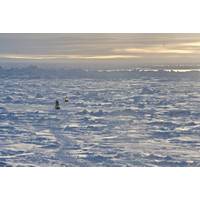
The Arctic: Scientists Aim to Improve Sea Ice Predictions' Accuracy, Access
Sea ice predictions have improved markedly since the founding of an international forecasting and monitoring network 14 years ago.“These forecasts are quite encouraging in their increasing accuracy,” said Uma Bhatt, an atmospheric sciences professor at the University of Alaska Fairbanks Geophysical Institute. Bhatt spoke about the Sea Ice Prediction Network at the American Geophysical Union’s annual meeting last month.As the amount of sea ice in the Arctic declines, thins and becomes more mobile, accurate forecasts are becoming even more vital for things like fisheries and resource
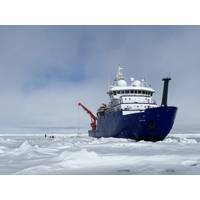
UAF’s GINA Provides a Guiding Hand in Arctic Ocean Research
The research vessel Sikuliaq navigated among and around the chunks and slabs of Arctic sea ice above Alaska for several weeks on two voyages this fall, breaking through frozen slabs when it had to, just as its sturdy hull is designed to do. It's now on a third trip.The Sikuliaq, a 261-ft. ice-capable research vessel operated by UAF, pauses in the Arctic Ocean in June 2021 during its fifth year of operation. A few months later, it traveled farther north than ever before — almost 500 miles beyond Point Barrow.Satellite imagery produced at the Geographic Information Network of Alaska, or GINA
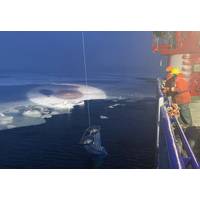
Photo of the Day
On a cruise led by Seth Danielson (UAF/CFOS) and Jackie Grebmeier (UMCES), researchers are making measurements and conducting studies as part of the Distributed Biological Observatory (DBO). They are also deploying and retrieving NOOA and Chukchi Environmental Observatory (CEO) moorings.
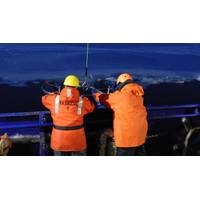
Photo of the Day
On a cruise led by Seth Danielson (UAF/CFOS) and Jackie Grebmeier (UMCES), researchers are making measurements and conducting studies as part of the Distributed Biological Observatory (DBO). They are also deploying and retrieving NOAA and Chukchi Environmental Observatory (CEO) moorings. Pictured is Gillian Braver and Pete Shipton collecting a zooplankton net tow sample.
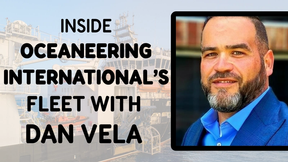
 August 2025
August 2025
